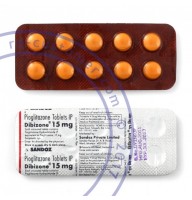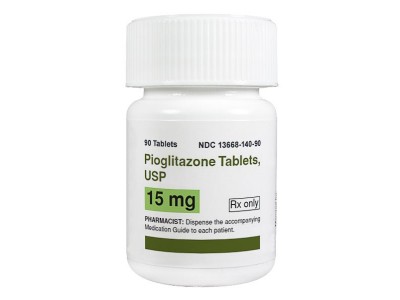Pioglitazone is a medication used to treat type 2 diabetes, and it belongs to the thiazolidinedione class of drugs. Its primary mechanism of action involves improving insulin sensitivity in peripheral tissues, such as muscle and adipose (fat) tissue. This effect is achieved through the activation of peroxisome proliferator-activated receptor gamma (PPAR-γ), a nuclear receptor that regulates the transcription of various genes involved in glucose and lipid metabolism.
When pioglitazone activates PPAR-γ, it leads to several key physiological changes. First, it enhances the expression of genes that promote the uptake and utilization of glucose by muscle and adipose cells, thereby lowering blood glucose levels. Additionally, pioglitazone increases the storage of fatty acids in adipocytes, reducing the levels of free fatty acids in the bloodstream, which contributes to improved insulin sensitivity. This process helps decrease the insulin resistance that is characteristic of type 2 diabetes.
Moreover, the activation of PPAR-γ by pioglitazone influences adiponectin levels, a hormone produced by adipose tissue that plays a role in regulating glucose levels and fatty acid breakdown. Increased adiponectin levels lead to enhanced insulin sensitivity and anti-inflammatory effects, further contributing to the drug's overall efficacy in managing blood sugar levels.
By modulating these metabolic pathways, pioglitazone effectively reduces insulin resistance and improves glycemic control in individuals with type 2 diabetes. It does this without directly increasing insulin secretion from the pancreas, which helps in managing blood glucose levels while mitigating the risk of hypoglycemia.

